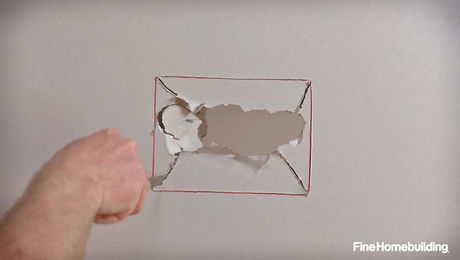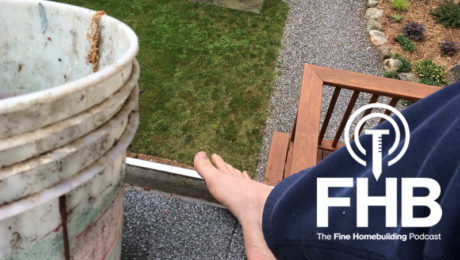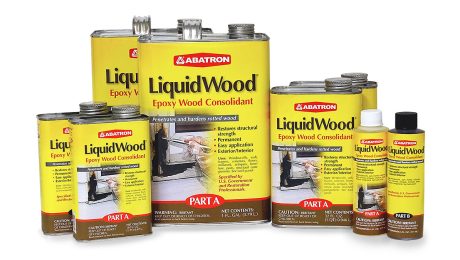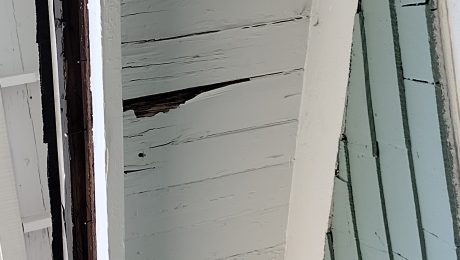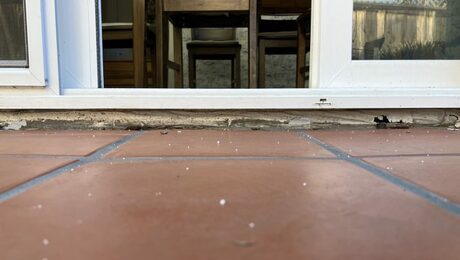Q:
The foundation of my ranch home, built in the mid-1960s, is failing. The foundation consists of 6-in. concrete block on a 30-in. deep by 12-in. wide concrete grade beam. There is no footing. The failure began in the early 1980s along the front wall. Now vertical cracks have formed along the right end of the foundation.
Stuart J. Graham, Willingboro, NJ
A:
Chris DeBlois of Palmer Engineering in Chamblee, Georgia, replies: The solution to your foundation failure will undoubtedly combine the two approaches of replacement and underpinning. I expect that the entire unreinforced concrete grade beam will need to be replaced. Just how big a grade beam you’ll need, how much reinforcing it will require, and at how many locations it will have to be underpinned should be determined by value engineering. Value engineering balances the amount of underpinning with the size of a replacement grade beam and the amount of reinforcement in the beam until the best combination of cost and constructability is achieved.
Every residential foundation must be supported by soil or rock that can prevent substantial relative settlements. In other words, you want to build a house on soil that won’t settle 2 ft. in one area and 2 in. in another. Because of the poor quality of the clay fill where the gully used to be, you should expect to provide underpinning to solid, stable bearing below the fill.
It doesn’t make much sense to underpin the entire length of the wall, however. First, it’ll cost a lot. Second, whether or not the grade beam has broken into sections, you’ll need to replace it with one that extends below the frost line to eliminate frost-related movements.
The new beam must also be reinforced with steel to strengthen the beam and change the way the beam will fail if it is overloaded. With an unreinforced beam, failure will occur when the beam cracks because its ability to span over soft spots will be essentially zero. On the other hand, when a reinforced beam cracks, the reinforcing steel helps carry the load from pier to pier. If more load is added, the beam will eventually reach a point where it cannot carry any additional load. Even at that point, though, the integrity of the beam won’t be lost; it will still continue resisting that maximum load.
Thus it doesn’t make sense to underpin in too many places when a new reinforced grade beam should be able to span the length of your house supported by just a few piers. Here’s where the value engineering comes in. Now you’ll have to turn to a structural engineer to assess the tradeoffs between grade-beam size and reinforcing and additional underpinning piers.
If some portions of the existing foundation are sound and will be saved, the new grade beam can be tied in fairly easily. Drill slightly oversized holes into the existing foundation and embed rebar dowels in nonshrink grout in these holes. How much rebar to embed in the old beam and how much sticks out of it will depend on the size of the reinforcing steel your engineer selects. Larger bars will require greater embedding and longer lap splices to develop their full strength.










